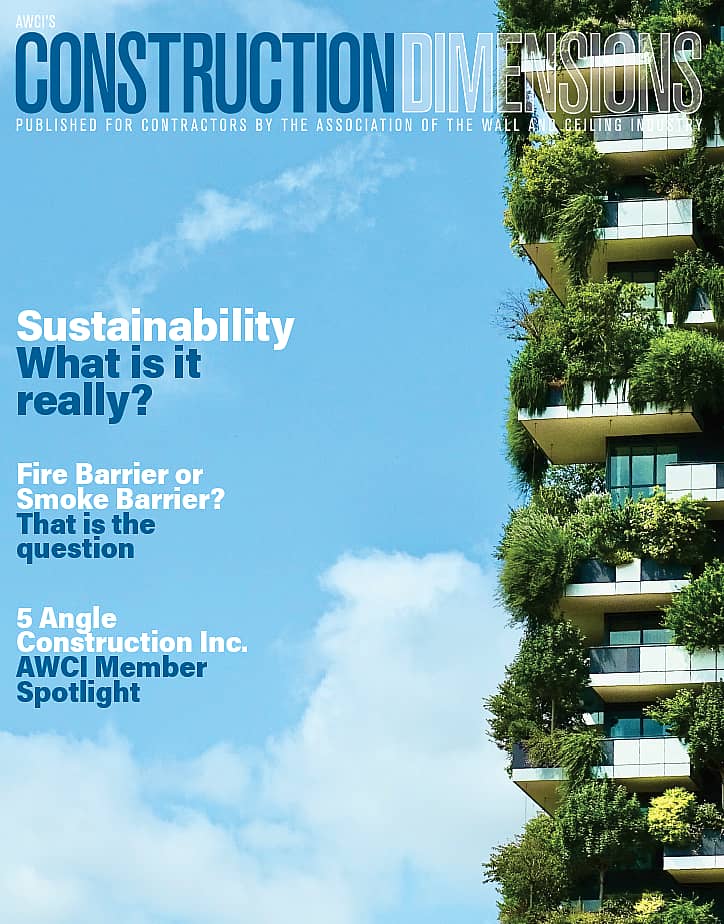Work at height often requires MEWP (mobile elevating work platforms) operators to get into extremely tight overhead spaces—areas between drop ceiling tiles, ceiling joists and roof trusses, HVAC ductwork, electrical wiring, plumbing pipes and other existing infrastructure. Spaces too small for a traditional-sized boom or scissor lift’s platform to fit. Areas above and beyond where operators can reach on their own.
MEWP operators face challenges accessing these areas. They may be tempted to stand on ladders, buckets, planks or the platform’s guardrails to get the necessary reach. But, these solutions can be dangerous, creating an avoidable potential safety hazard. That’s why they are strictly prohibited by the ANSI standards and OSHA safety regulations for safe MEWP use.
Developed to give wall and ceiling contractors a more effective way to reach extremely tight, hard-to-reach spaces they otherwise wouldn’t be able to, the JLG® Mid-Rail Deck for boom lifts helps on projects requiring access to tight overhead spaces. Maximizing productivity and efficiency in this specific work-at-height scenario, this accessory attaches to the inside of the platform mid-rail to give operators 19.5-in of additional access height for positioning between overhead obstacles.
It includes a collapsible handrail for storage and machine transportation and can be installed/removed without tools. Weighing only 55-lb, it offers a 300-lb capacity on its 32-in wide x 15-in deep standing area. It is currently only available for JLG 36-in x 96-in boom lift platforms.





